Behind the Scenes: The Fall of the Monarchies.
My newest and biggest video yet explores the spectacular collapse of five ruling families, who once controlled the fate of 1/3 of the world's population.
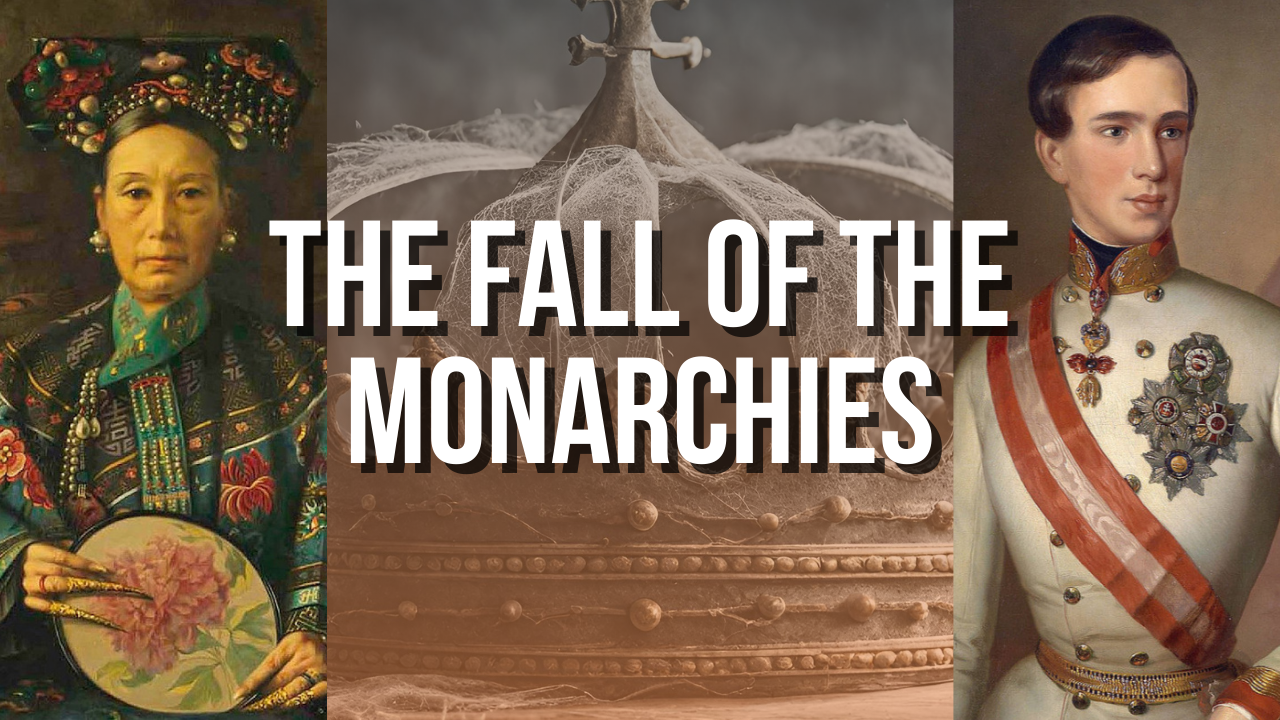
It's been more than a week since I posted an article here. I think I can be forgiven, because I was working very intensively on finishing my latest video for my YouTube channel, "The Fall of the Monarchies." You have only to glance at it to see what a gigantic project it is: the final video clocked in at 47 seconds over three hours exactly. I've embedded it below. It went up late yesterday evening but already the response has been strong and positive. The veteran viewers of my channel--some of you are also readers of this blog--have made it clear that they want and appreciate long-form, context-heavy treatment of historical issues. I tried to deliver that in spades with this new video and I hope I succeeded.
"The Fall of the Monarchies" is the story of one of the most sweeping and rapid changes in recent human history: how, in the first two decades of the 20th century, no less than five monarchical dynasties, who between them controlled the fates of over 300 million people, were swept away in a tidal wave of war (World War I), revolution and massive sudden upheaval. In 1900, the Habsburgs (Austria-Hungary), Hohenzollerns (Germany), Romanovs (Russia), Osmanlis (Ottoman Empire/Turkey), and Aisin-Gioros (China) seemed to be as entrenched in power as ever. Some had been ruling their various territories for 500 or 600 years. But looks were deceiving. The rapid changes of the political revolutions of the 18th and 19th centuries, the Industrial Revolution and the encroachment of modernity into their palaces and harems proved how unequal they were to the challenges of the 20th century world. The forces that swept away these five great dynasties killed more than 30 million people and set the stage for more upheavals to come, such as fascism, Communism and World War II. In my view, this is one of the most important stories in history.
The various threads within this larger story are themselves fascinating and compelling. The Romanovs, for example, were hanging by a thread long before the revolutions (plural) that took them out. The clueless, feckless and luckless final tsar of Russia, Nicholas II, was a devoted family man and tried honestly to do what he thought was right, but his shocking incompetence and one bad decision after another ultimately led to him and his family, which included the crippled 13-year-old tsarevich Alexis, chomping Bolshevik bullets in a Siberian cellar in July 1918. Similarly, Archduke Franz Ferdinand, heir to the throne of Austria-Hungary, seemed like a generally decent fellow, and he loved his wife Sophie enough to defy the stifling social conventions of Habsburg royalty to marry her. Franz and Sophie were gunned down--on their wedding anniversary, no less--in front of a delicatessen in Sarajevo, due to political forces they had little hope of controlling. That assassination led to the horror of World War I, compounding the peril to the dynasties and the tragedy that broke over the world in 1914. No scriptwriter could come up with these incredible stories. They really happened.
I was inspired to make the Fall of Monarchies video by one of my all time favorite history books. Though it's very obscure now, Edmond Taylor's 1963 classic The Fall of the Dynasties: The Collapse of the Old Order, 1905-1922 is as readable and riveting as a novel, and is extremely well-written, so English that you feel like Earl Grey tea will seep out of its pages if you squeeze it hard enough. I can't even remember the first time I read The Fall of the Dynasties but I've re-read and consulted it so often in the years since then that its dust jacket has literally fallen apart. The Fall of the Dynasties was one of the source materials for the classic 1974 BBC-TV miniseries Fall of Eagles, notable for casting a young Patrick Stewart, future Captain Picard from Star Trek, as Vladimir Lenin. Several commenters on YouTube have noted the connection between my video and that series.
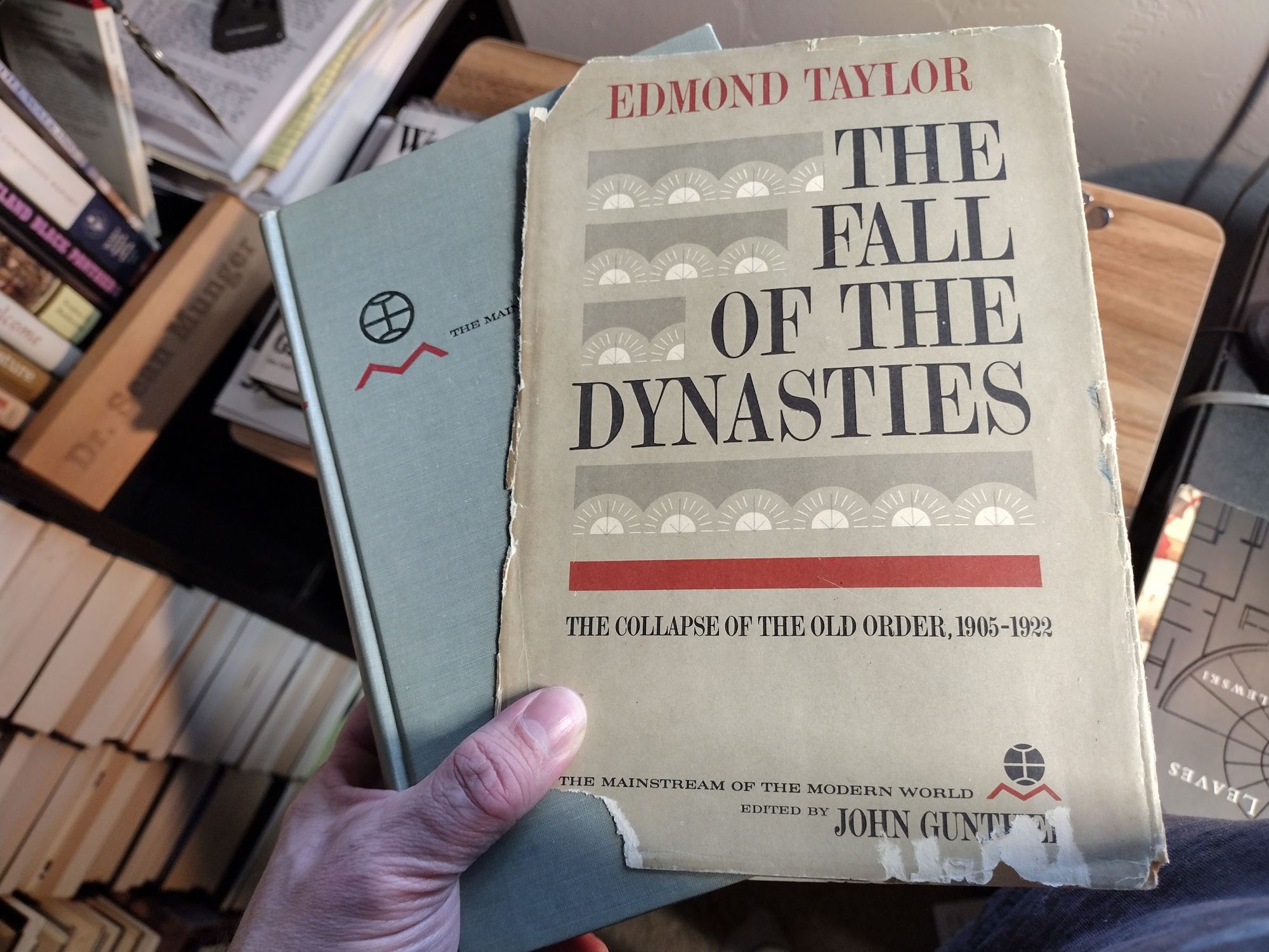
Still, good as it is, The Fall of the Dynasties leaves some important things out. For instance, Taylor doesn't even touch the subject of China, whose Manchu ruling elite collapsed at roughly the same time, 1911-1912, that the turmoil was just getting started in Europe. This too is a compelling story. Cixi, the elderly Dowager Empress who was essentially the dictator of China for nearly 50 years, clung to power so tenaciously that she had her nephew, the Guangxu Emperor, poisoned with arsenic while she lay on her deathbed in November 1908. The successor that she chose, Puyi, then a 2-year-old baby, went on to have his own tragic life which was totally dominated by a sense of grievance that power had been taken away from him (his mother agreed to his abdication in February 1912, after a revolution toppled the nearly 300-year-old Qing Dynasty). My video adds China back into the story. De-monarchization, if you can call it that, really was a global process.
The sheer scale of this video was daunting. For all of these videos I have to go searching for visuals to show on-screen, which is the most time-consuming part of the process. In this case it was a little easier because the story ends in 1922, a year before the cut-off date for which visual images can be copyrighted under U.S. copyright law--as a result there are a lot of early photos and artistic works that can be found and used without restriction. For the first time in my burgeoning YouTube career I've had to ask for help--I hired a virtual assistant to help me with the process, which turned out to be a lifesaver (thank you, Angie!). I do feel like my technical skills are continuing to develop. I'm especially proud of some of the old footage I was able to find, such as a home movie taken on the streets of Moscow in 1908, another one depicting Beijing in 1917, and stunning sad video of the devastation of the Western Front filmed from a low-flying plane in early 1919, six weeks after World War I ended.
In actuality, the "Fall of the Monarchies" project is not one video, but three. I decided to break out the subject of the July Crisis--the political and diplomatic cataclysm that led from the assassination of the Archduke to the outbreak of war in Europe--into its own video, which is about 45 minutes long. And, shooting off from that, there's the just-for-fun issue of debunking the off-repeated claim that the assassin, Gavrilo Princip, was only in the right place and the right time to pull the trigger because he stepped into a deli for a sandwich. The "World War I sandwich" video was finished in late September, released as a kind of teaser for my viewers, but it contained some pretty complicated animations of the Archduke's motorcade that took a long time to complete. But the main Fall of Monarchies video was the central mountain to climb.
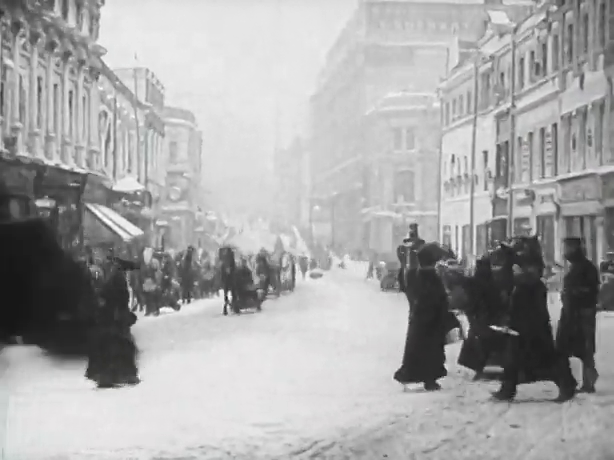
I was exhausted when I finished this project. Last night (October 27), after uploading the big video, I had a curiously drained and mentally-empty feeling that I can liken only to the aftermath of high-pressure exams in law school, which I described years ago as feeling like "your brains leaking out of your ears." I slept very well last night. I also think I took on too much, too fast. In addition to finishing the video, I taught a 2-hour seminar on the history of the 1980s, and this is, of course, in addition to the six middle school history classes I teach on a weekly basis. I don't know if I've ever worked so hard in my life. Anyway, it's done now. I hope you enjoy the videos, and learn something from them. There really is a compelling story here.
The Value Proposition
Why should you be reading this blog, or receiving it as a newsletter? This is why.
☕ If you appreciate what I do, buy me a virtual coffee from time-to-time to support my work. I know it seems small, but it truly helps.
📖 You could also buy my newest book.
🎓 Like learning? Find out what courses I’m currently offering at my website.
📽 More the visual type? Here is my YouTube channel with tons of free history videos.

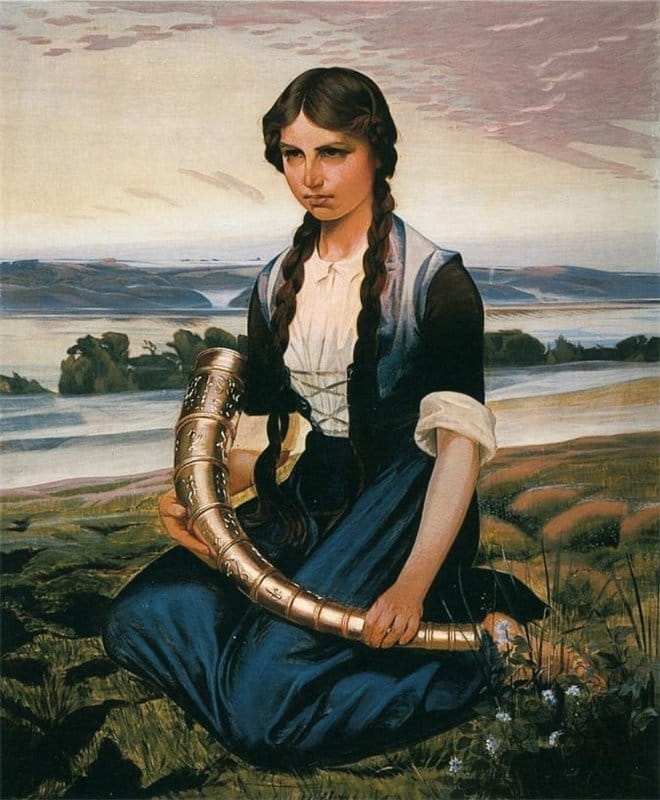
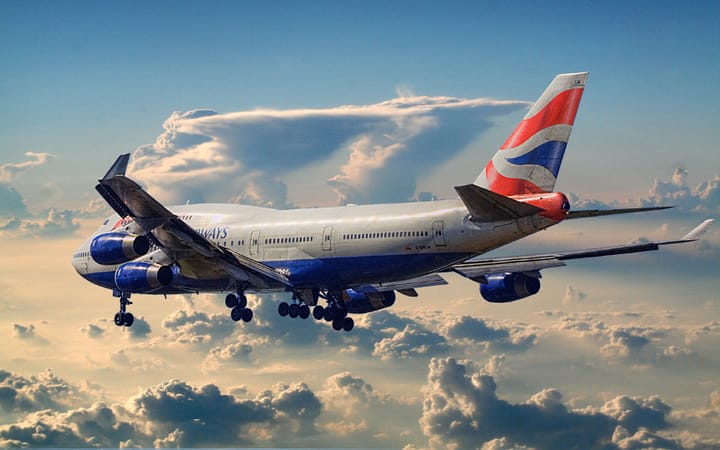
Comments ()